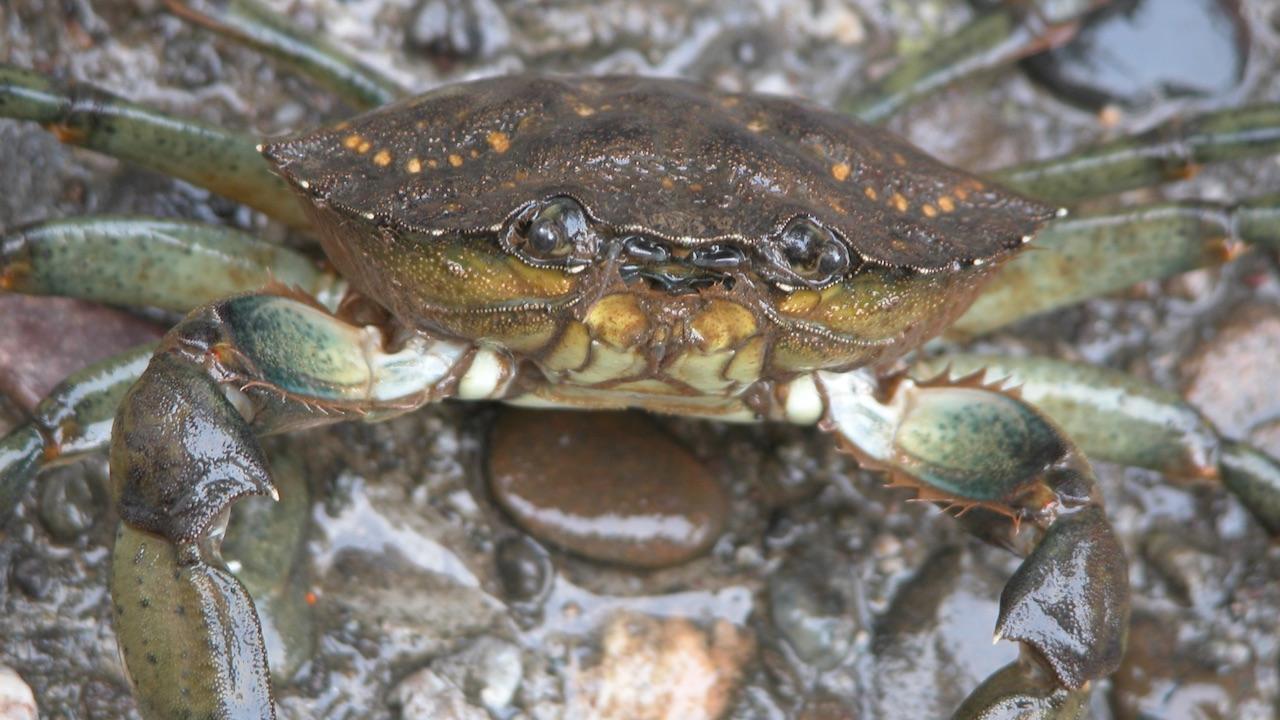
A successful experiment that turned out to be a failure: lessons from eradicating European Green Crabs
The European green crab wreaks havoc in California estuaries by damaging eelgrass beds, preying upon native species, and competing with other invertebrates for space. In 2009, UC Davis faculty member and EERREC trainer Ted Grosholz and colleagues began an intensive four-year eradication campaign that resulted in removal of 90% of the green crabs in the study area. However, a year later, the population rebounded to nearly triple the pre-eradication population size.
Grosholz's explanation: green crab adults prey upon larvae and juveniles of other species, including...green crabs. Removing virtually all the adults allowed juveniles to grow unchecked.
“We slapped our foreheads at the time, but with thought and understanding, it’s told us a lot about what we shouldn’t be doing and provided a way forward for us. The world should get less focused on total eradication and work toward functional eradication.”
For more information, see this UC Davis news article, the description of the eradication effort in PNAS, and the description of functional eradication in Frontiers in Ecology and the Environment.